Inflation bottleneck - persistent "ghost" challenges the Fed
In recent weeks, the focus of all discussions about the Fed's monetary policy has been inflation.
While there have been some signs of cooling, such as the Fed’s preferred measure of headline inflation falling from 2.5% to 2.3% and the core measure (excluding food and energy) falling from 2.8% to 2.6% in March, these numbers are still far from the Fed’s ideal target of 2%. Even if we consider the first quarter as a whole, the average inflation rate by the Fed’s preferred measure was still an alarming 3.6%.
Economists from Oxford Economics commented: "Inflation remains the farthest factor from the Fed's target, so it will be the focus of attention." This reality makes the Fed unable to be cautious. The lesson from 2021, when Chairman Jerome Powell and Fed officials once assessed inflation due to supply chain disruptions as "temporary", only to witness prices skyrocketing, peaking at 9.1% in June 2022, is still hot.
Vincent Reinhart, chief economist at BNY Mellon, said the Fed is still haunted by that mistake. “They’re going to be much more cautious this time,” Reinhart said. “They’re going to wait for more evidence and adjust policy more slowly.”
Adding to the confusion is the specter of President Donald Trump’s potential tariffs. Barclays analysts predict that if new tariffs are imposed, core inflation could peak at 3.8% in 2025. This puts the Fed in a difficult position: if it cuts rates too soon, inflation could flare up again; but if it keeps rates high for too long, the economy could fall into recession.
US Economy: Steady amid volatility or lurking risks?
Despite concerns about inflation, the picture is not all bleak. GDP fell by a surprising 0.3% in the first quarter (on an annualized basis). However, analysts were quick to point out that the main reason was a 50% surge in imports as businesses rushed to place orders ahead of potential new tariffs. Since imports are subtracted from GDP, this figure does not fully reflect the underlying health of the economy.
Goldman Sachs predicts that this effect will reverse in the second quarter, helping growth recover. More importantly, other economic pillars remain solid. Consumer spending rose 1.8% and business investment surged 22.5% in the first quarter.
Morgan Stanley also noted that final sales to domestic consumers — an indicator that excludes trade and inventory — remained healthy at 2.3%, suggesting that real demand from households and businesses remains strong, although some of that may be due to “buying ahead of tax” sentiment.
The labor market is also a bright spot. April saw 177,000 new jobs added, and an average of 155,000 per month over the past three months. The unemployment rate remains at a historic low of 4.2%. Given these signals, Morgan Stanley said: "The Fed is likely to ignore the volatility in the quarterly GDP data due to uncertainty about trade policy."
US gross domestic product (GDP) fell at an annual rate of 0.3%, surprising economists who had predicted modest growth (Illustration: Adobe Stock).
Not all is rosy, however. Surveys of consumer and business confidence have plummeted following the announcement of potential tariffs and the stock market sell-off.
While economists say the same thing happened when the Fed raised interest rates sharply in 2022 and 2023 without leading to a recession, raising questions about the reliability of these surveys, the Fed still needs "clear evidence from the labor market and other real data before cutting interest rates," according to Goldman Sachs.
Another complicating factor is the forecast of John Williams, president of the New York Fed and a key voting member. He expects inflation to rise to 3.5% to 4% this year, before unemployment rises to 4.5% to 5% “over the next year.” Morgan Stanley said: “It will be difficult for the Fed to cut rates to stem labor market weakness if inflation rises ahead of and above its target, even more than the employment rate.”
In addition, tighter immigration policies, if implemented, could slow labor force growth, causing unemployment to rise more slowly even as hiring slows, making it harder for the Fed to cut interest rates when inflation is hot.
Political pressure - testing the Fed's independence
Amid the challenging economic climate, the Fed is also facing a rare political storm. President Donald Trump has repeatedly criticized the Fed and Chairman Jerome Powell, calling for lower interest rates. Trump once stirred up a storm by hinting at the possibility of firing Powell, though he later backed off the threat. Treasury Secretary Scott Bessent has also agreed with the need to lower interest rates, arguing that inflation has cooled and that current high rates are no longer necessary.
Trump's statements on the social network Truth Social, such as "there is no inflation," along with the assertion that egg and grocery prices have dropped, and that gas prices are only $1.98 per gallon, have been shown by experts to be not entirely accurate.
In fact, grocery prices have risen 0.5% in two of the last three months and are up 2.4% year over year. Gas prices are down 10% from a year ago (largely due to concerns about the economic slowdown), but the national average is still $3.18 a gallon, according to AAA.
This pressure puts the Fed in a difficult position. Mr. Preston Mui, an economist at Employ America, said that Mr. Trump’s continued pressure makes it harder for the Fed to cut interest rates. If it does, it could be seen as bowing to the White House, undermining the central bank’s credibility and independence, which are so important.
“We can imagine a scenario where, without pressure from the Trump administration, the Fed would cut rates sooner, because they would be confident that the decision was based on real data,” said Mr. Mui.
Mr. Trump once caused a stir when he hinted at the possibility of firing Mr. Powell, although he later withdrew the threat (Photo: Getty).
The Fed has also faced scrutiny from other influential figures. Elon Musk, who heads the Trump administration’s Department of Government Efficiency (DOGE), has criticized the Fed’s $2.5 billion spending on infrastructure upgrades in Washington DC, saying “this is taxpayer money” and needs to be carefully considered.
While Fed officials have attributed the cost increases to post-pandemic increases in materials and labor costs, as well as local building regulations, the criticism has added to the pressure on the Fed.
Kevin Warsh, a former Fed governor and a potential candidate to replace Mr. Powell, also said that "the Fed's current wounds are largely self-inflicted" by failing to control prices, and called for a "strategic reorientation to restore credibility."
Responding to these pressures, Chairman Powell asserted: "The Fed's independence is now widely recognized and supported in Washington, especially in Congress, where it has the greatest influence." He also emphasized that if the Fed's two goals (price stability and full employment) conflict, the Fed will adopt a balanced approach, but the top priority is still "maintaining stable long-term inflation expectations."
Market Forecast: Disagreement on the Timing of Rate Cut
Given these complex developments, markets and experts are making different predictions about the Fed's interest rate path. The interest rate futures market is currently betting that the Fed will start cutting interest rates in July and make a total of three 0.25 percentage point cuts between now and the end of the year.
Wall Street investors appear to expect that tariffs, if implemented, would hurt the economy enough to cause unemployment to rise, forcing the Fed to act.
But many forecasters are more cautious. Barclays has moved its first cut forecast from June to July, and is only expecting another cut in September. Morgan Stanley is even more pessimistic, saying the Fed won’t cut rates before 2026 — unless the economy falls into recession this year.
Deutsche Bank added that the Fed's message will likely remain that the labor market needs to show clear signs of weakness before the Fed considers further rate cuts, implying that the Fed has no intention of lowering rates as a precaution.
Goldman Sachs, on the other hand, took a more optimistic view, saying the Fed could act sooner and more forcefully. They pointed out that increased uncertainty in the business environment could lead to fewer hirings and more layoffs, and that “the first signs of weakness could emerge in the May jobs report.”
Faced with these complex developments, the market and experts are making different predictions about the Fed's interest rate path (Illustration: Investopia).
It can be seen that the US Federal Reserve is facing a difficult problem with countless variables. Should it keep interest rates unchanged to fight inflation or cut them to support growth? Act on purely economic signals or be influenced by political pressure? Each decision can have far-reaching consequences.
The Fed is likely to continue to maintain a cautious stance, emphasizing the need for more data clarity before making any policy changes. Chairman Powell has said that the impact of tariffs on inflation could be “one-off” and short-lived, but he recently acknowledged that “it could also be more persistent.” This suggests that the Fed wants to wait, perhaps several months, to fully assess the impact of new factors, especially tariffs, on the inflation and growth picture.
The labor market will continue to be a key indicator. If there are clear signs of weakness, the Fed may consider acting sooner. But as long as inflation remains stubbornly high and the economy is not showing any real signs of danger, the Fed will probably take the safe path: wait and see. The Fed’s mind games are still ahead, and every decision will continue to be the focus of the world’s attention.
Source: https://dantri.com.vn/kinh-doanh/lai-suat-fed-cuoc-can-nao-giua-lam-phat-tang-truong-va-bao-chinh-tri-20250506224544237.htm


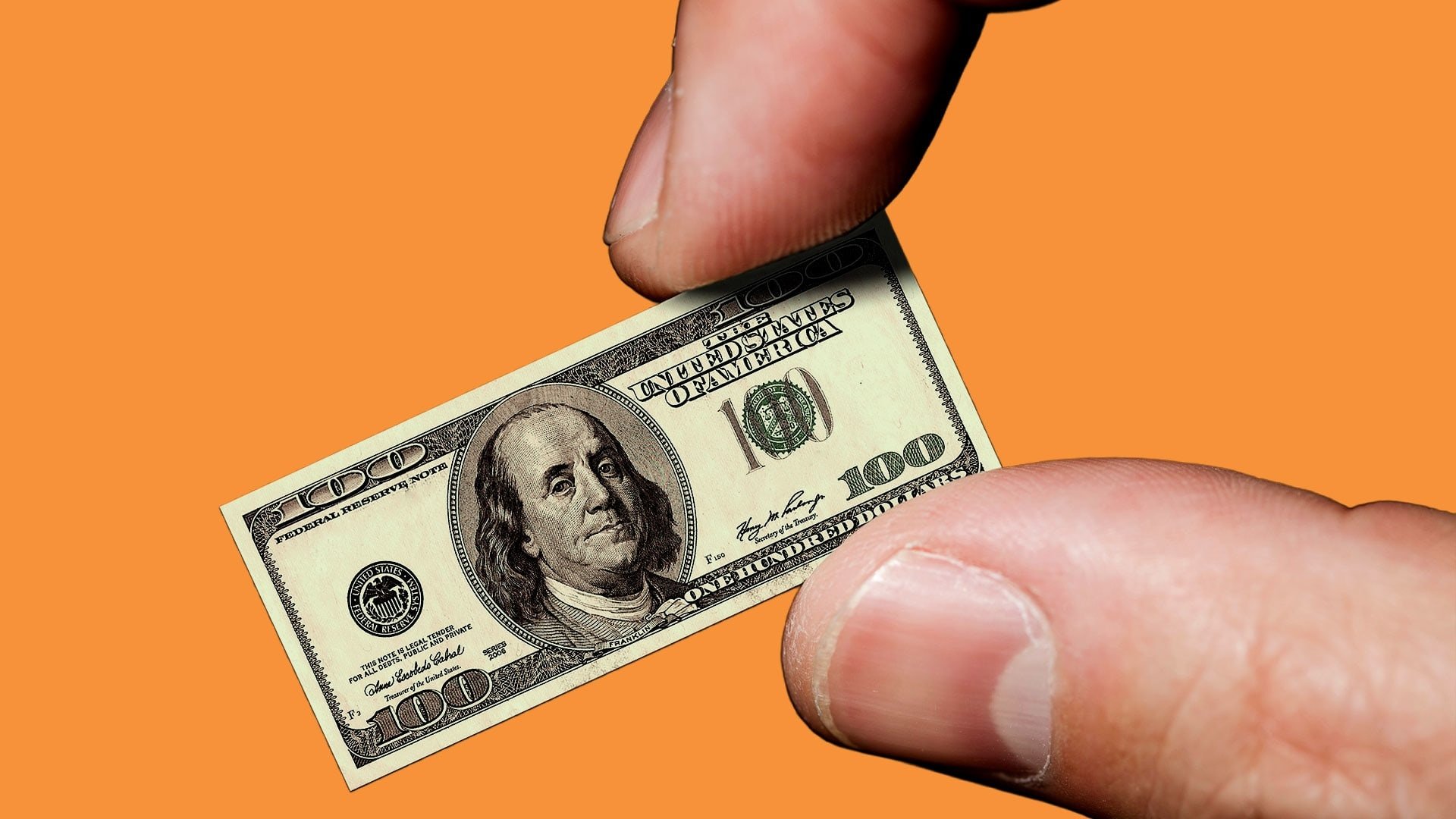
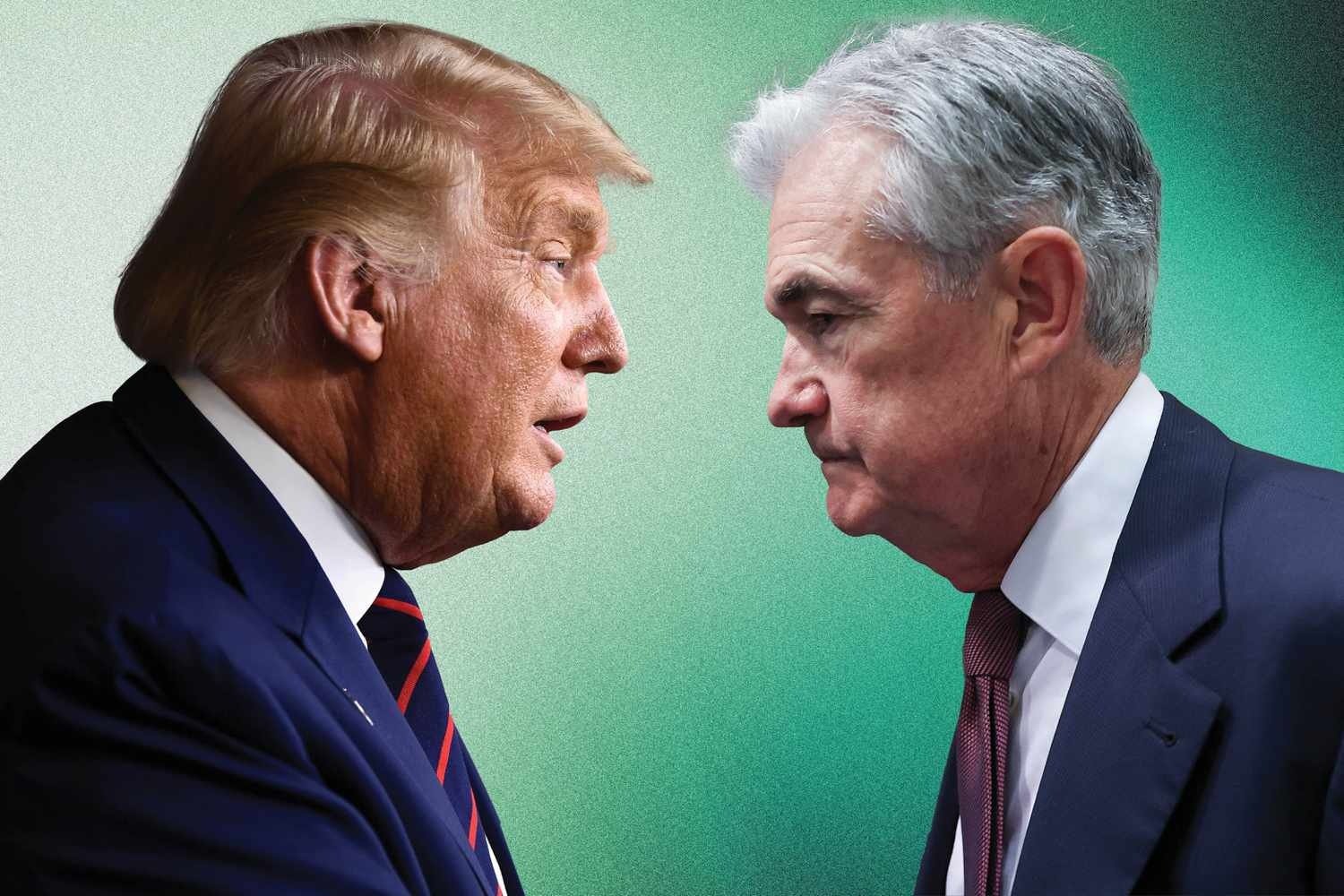
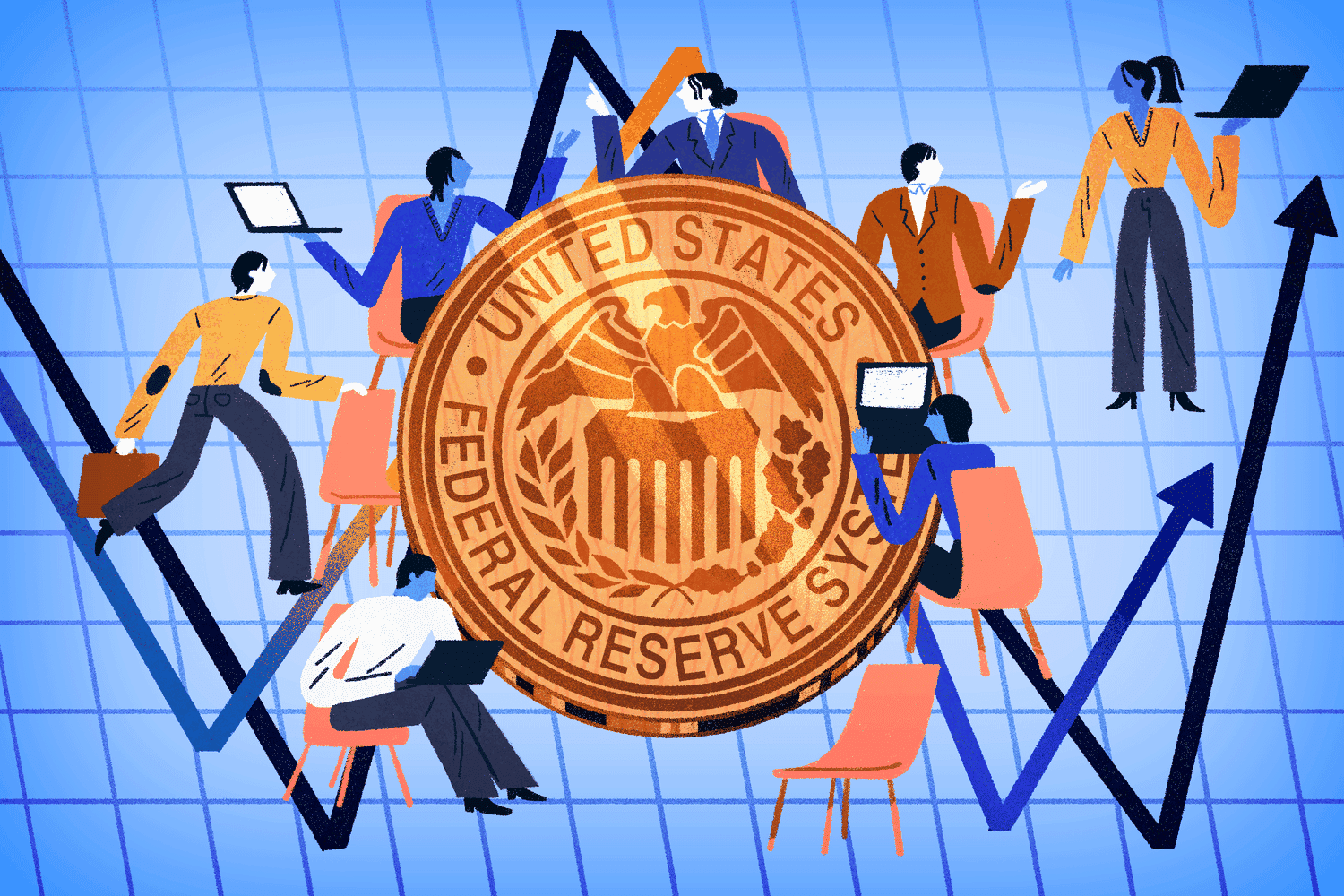
![[Photo] More than 17,000 candidates participate in the 2025 SPT Competency Assessment Test of Hanoi National University of Education](https://vphoto.vietnam.vn/thumb/1200x675/vietnam/resource/IMAGE/2025/5/17/e538d9a1636c407cbb211b314e6303fd)
![[Photo] National conference to disseminate and implement Resolution No. 66-NQ/TW and Resolution No. 68-NQ/TW of the Politburo](https://vphoto.vietnam.vn/thumb/1200x675/vietnam/resource/IMAGE/2025/5/18/adf666b9303a4213998b395b05234b6a)

![[Photo] Prime Minister Pham Minh Chinh chairs meeting on science and technology development](https://vphoto.vietnam.vn/thumb/1200x675/vietnam/resource/IMAGE/2025/5/17/ae80dd74c384439789b12013c738a045)


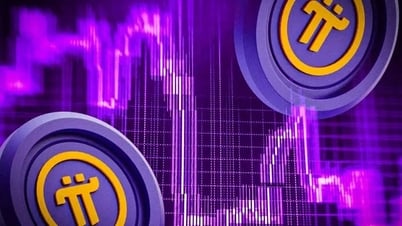





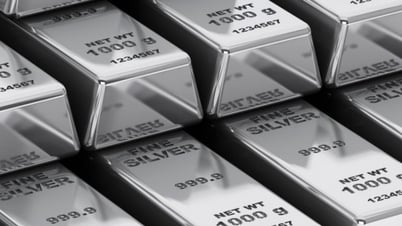











![[Photo] Readers line up to visit the photo exhibition and receive a special publication commemorating the 135th birthday of President Ho Chi Minh at Nhan Dan Newspaper](https://vphoto.vietnam.vn/thumb/1200x675/vietnam/resource/IMAGE/2025/5/17/85b3197fc6bd43e6a9ee4db15101005b)




































































Comment (0)